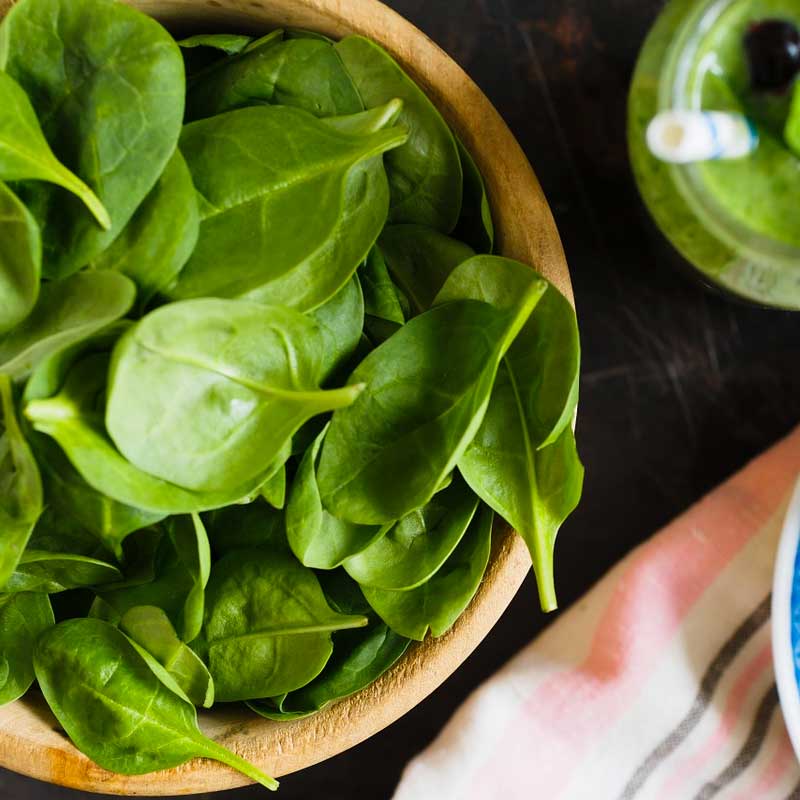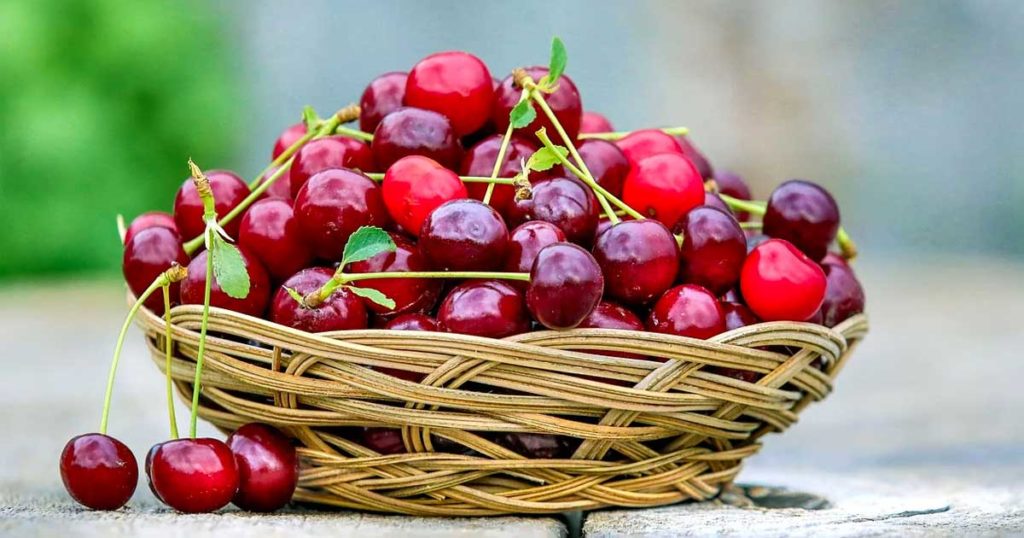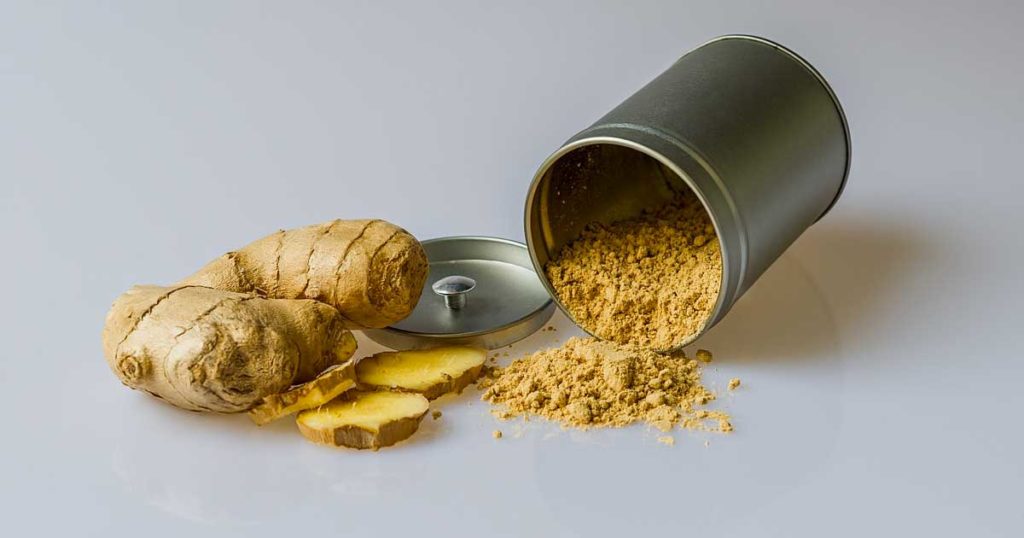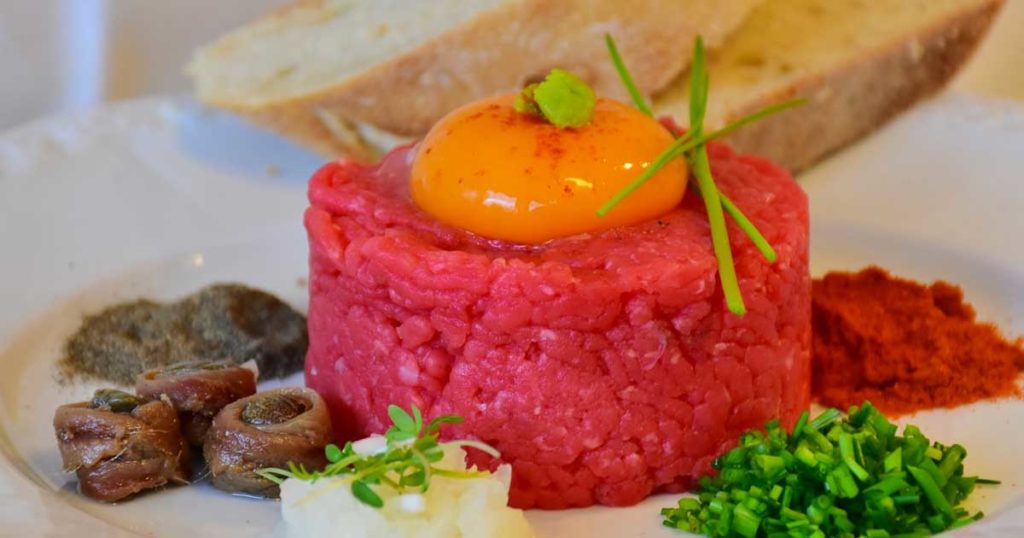When the skull is booming, many people quickly grab a pill. But they don’t have to. Because these eight foods are delicious first aiders for headaches.
Is it throbbing in the forehead, pressing behind the eyes and the whole head feels like it is about to explode? Headaches are a real common ailment: every fourth German is regularly afflicted by them. That is why the pain is often not perceived as a disease, but as an everyday ailment – and a tablet is swallowed quickly. You should get to the bottom of the causes of a booming skull. Bad posture and neck tension are often responsible for the pain, but diet also has an impact on the well-being of the head.
A lack of minerals and vitamins can trigger a thunderstorm in the head. Vitamin B and magnesium in particular are among the substances that many people do not consume enough. The vitamin supports the development of nerve tracts in the brain and magnesium promotes the efficiency of the gray cells. In the next headache attack, a trip to the kitchen may replace the tablets. These eight foods can relieve pain and even prevent it:
These eight foods can help
1. Potatoes
Potatoes provide the body with vitamins A, C and B6. They are also a valuable source of potassium. The mineral is needed to create a balanced potassium-sodium ratio. This is important because too high a sodium content in the body can not only cause headaches, but also promote high blood pressure and heart disease. The potassium absorbed by the potatoes does even more for the organism: It regulates the fluid balance in the body and prevents water retention.
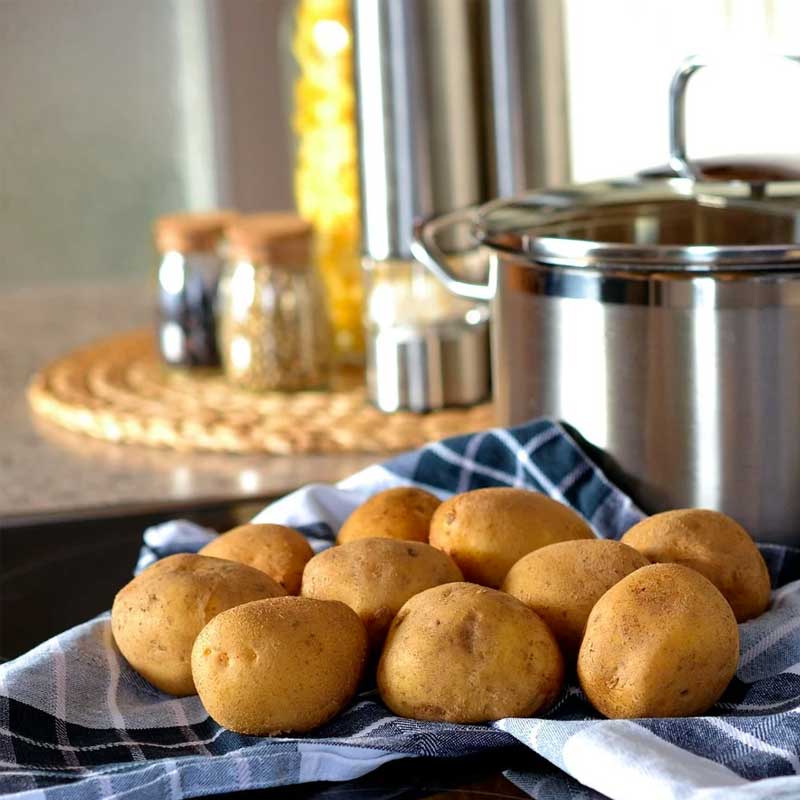
2. Cherries
If you have a headache, it’s good to eat cherries! The fruit contains compounds that are converted into nitric oxide. This relaxes the muscles of the blood vessels and helps them expand. This lowers blood pressure and headaches don’t stand a chance. In addition, coloring agents in the fruits, the anthocyanins, have an analgesic effect. But not only the color, but also the taste plays a role. The darker, more acidic the cherries, the stronger the effect.
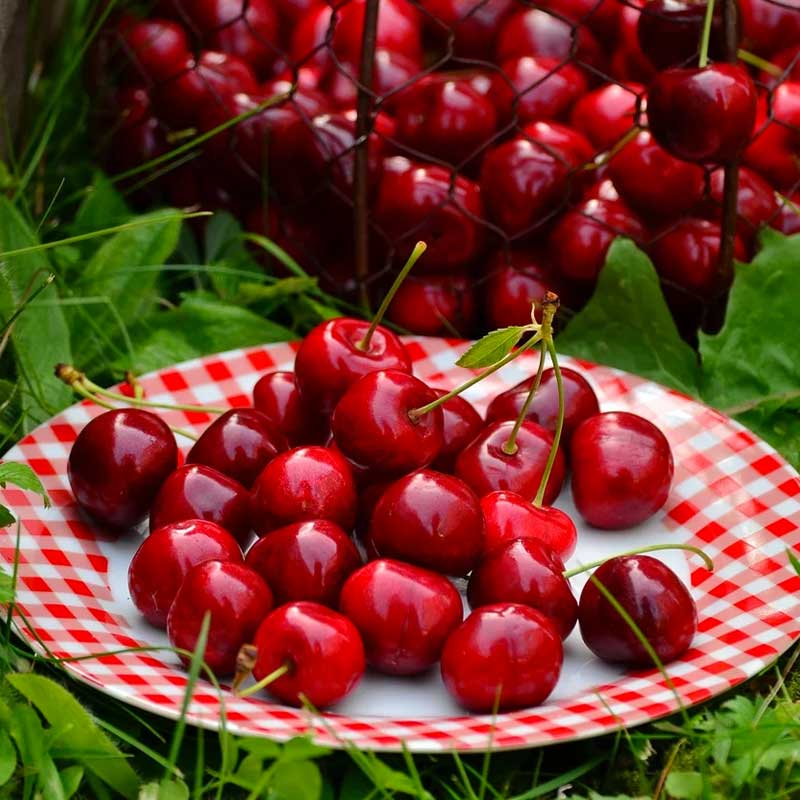
3. Ginger
Ginger not only strengthens the immune system, but also works against headaches. The root prevents the vessels in the brain from dilating – which often happens before the head starts pounding. It also inhibits the production of prostaglandins. These fatty acids promote pain. To stop migraines , rub a piece of ginger root about 1 cm long and mix it with 0.2 liters of fruit juice. If you don’t like to drink the mix, you can try a ginger tincture.
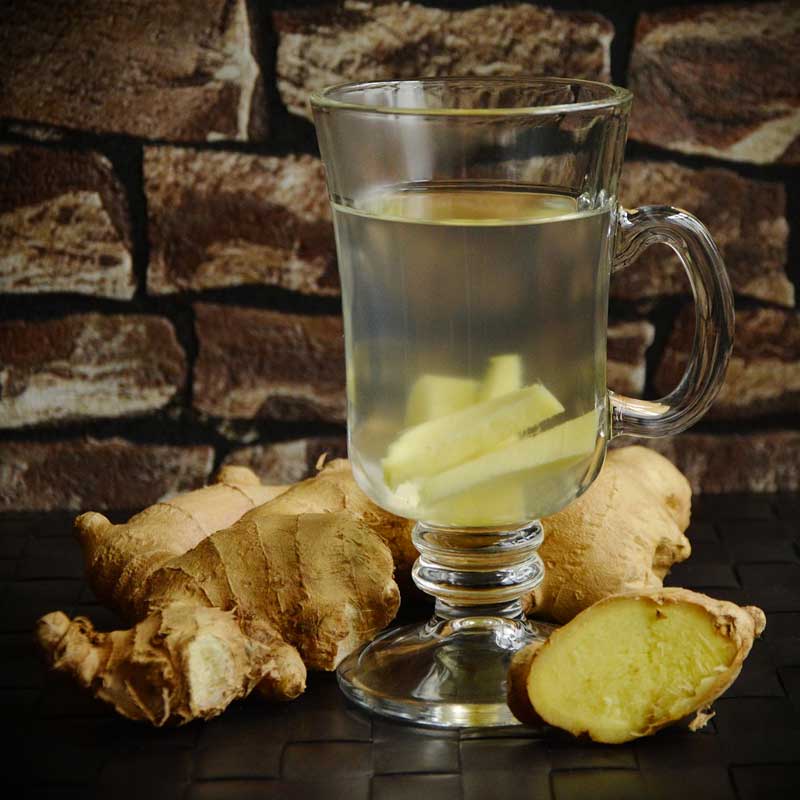
DIY ginger tincture:
Chop up a ginger root, put it in a screw-top jar and fill up with alcohol until everything is completely covered.
Let the mixture stand in a cool place for 10-14 days and shake vigorously several times a day.
Filter the ginger pieces in a sieve and pour the tincture into a small bottle.
If you have a headache, put a few drops of the tincture on your fingers and massage gently into the skin on the forehead or temples.
4. Salmon
Foods high in B vitamins, such as vitamins B2, B6, and B12, are very effective for headaches. Vitamin B2, for example, takes on important functions in energy production. It is a so-called coenzyme of the respiratory chain – and this chain is often disrupted, especially in migraines. Oily fish, like salmon, is a very good source of vitamin B2. Salmon is also rich in omega-3 fatty acids. They are the antagonists of the omega-6 fatty acids that produce pain relievers. Omega 3 prevents their production and thereby inhibits headaches.
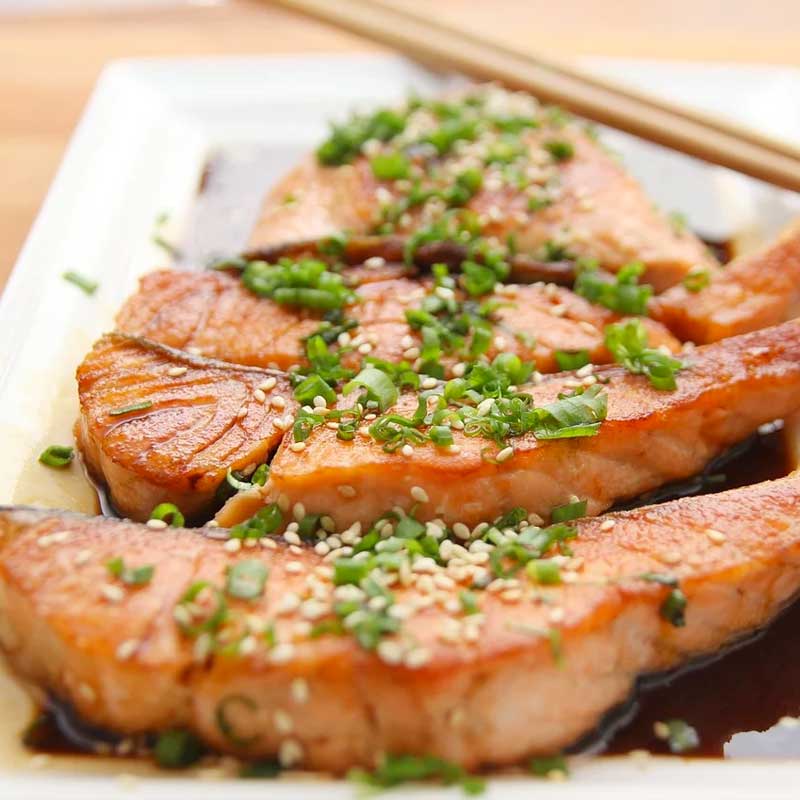
5. Garlic
When it comes to health, garlic can do a lot: it lowers cholesterol, improves blood circulation, supports digestion and relieves tiredness. Due to its blood-thinning effect, the tuber is said to have a pain-relieving effect. If you don’t mind the smell of garlic, it’s best to eat two raw cloves a day. This prevents headaches and lowers the cholesterol level – good for the heart. So the tuber is not only effective against vampires.
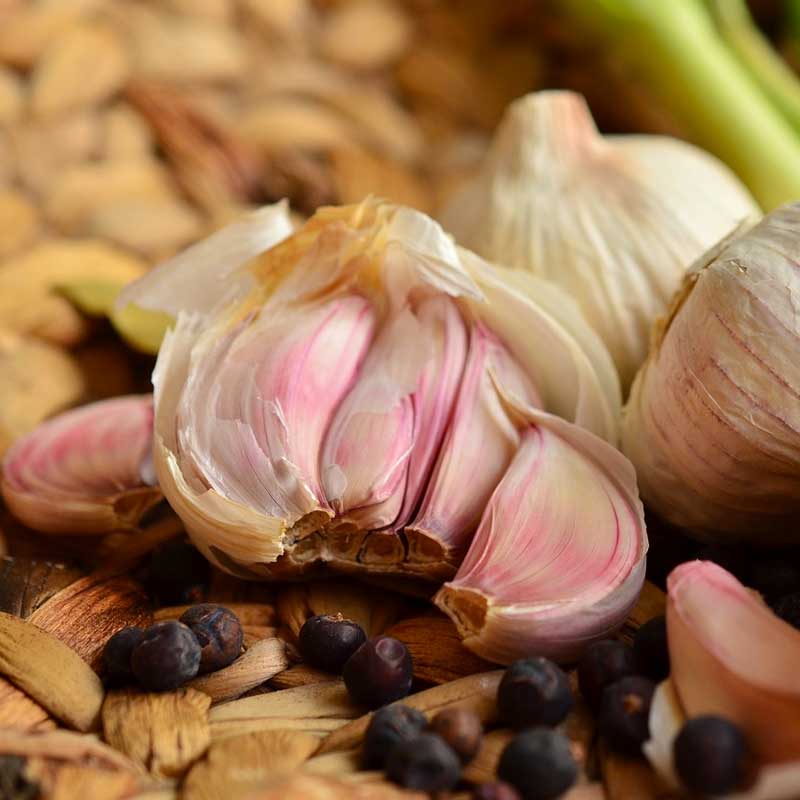
6. Walnuts
At first glance, the nut with its many furrows looks like a brain – and that fits! Your healthy fatty acids keep the vessels nice and supple. It relieves pain thanks to the high content of serotonin, the happiness hormone, and its other anti-inflammatory properties. Walnuts also contain plenty of magnesium, which slows down the release of stress hormones. A handful of nuts a day is enough to prevent pain in the head. With their healthy omega-3 fatty acids, they are also a healthy snack.
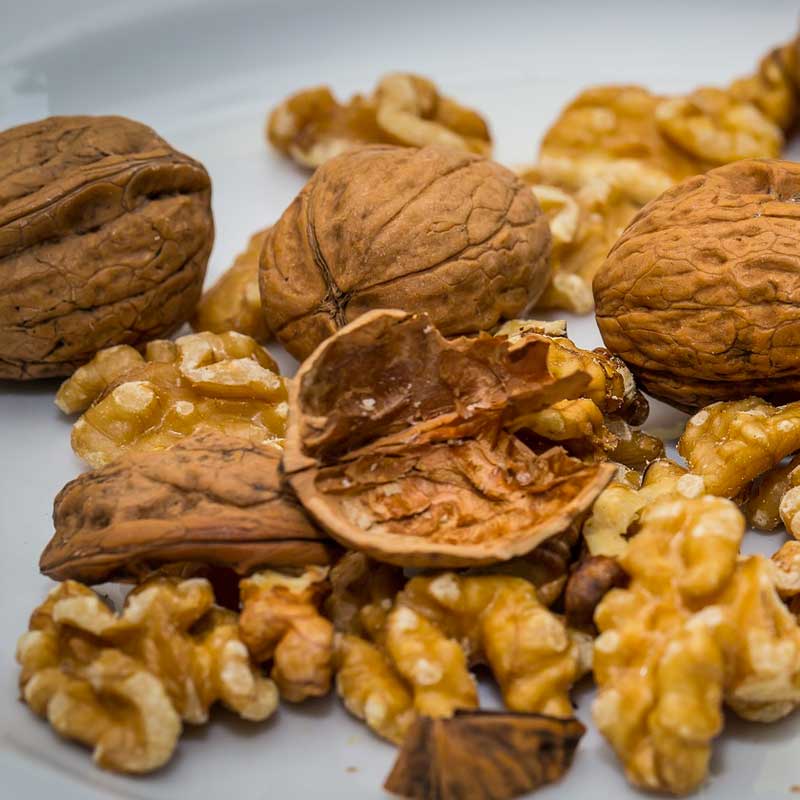
7. Water
Often the headache is caused by dehydration. A lack of fluid leads to a poor supply of oxygen to the cells – and only two percent too little fluid in the body weakens the concentration. If the deficiency is even greater, the brain reacts with pain. Tip: When your head is buzzing, always drink a glass of water first.

8. Spinach
Foods containing magnesium, such as spinach, can reduce the frequency and intensity of headache attacks because they relax the muscles. In people who suffer from frequent migraines, low levels of magnesium in the blood are often the cause. On average, you should consume 300mg of magnesium daily. Natural yogurt and kefir help to improve the absorption of the substance from the intestine into the blood. A study with headache patients showed the positive effect of the trace element magnesium during a phase of pain: 85 percent of the participants felt an improvement in their symptoms after just a few minutes.
